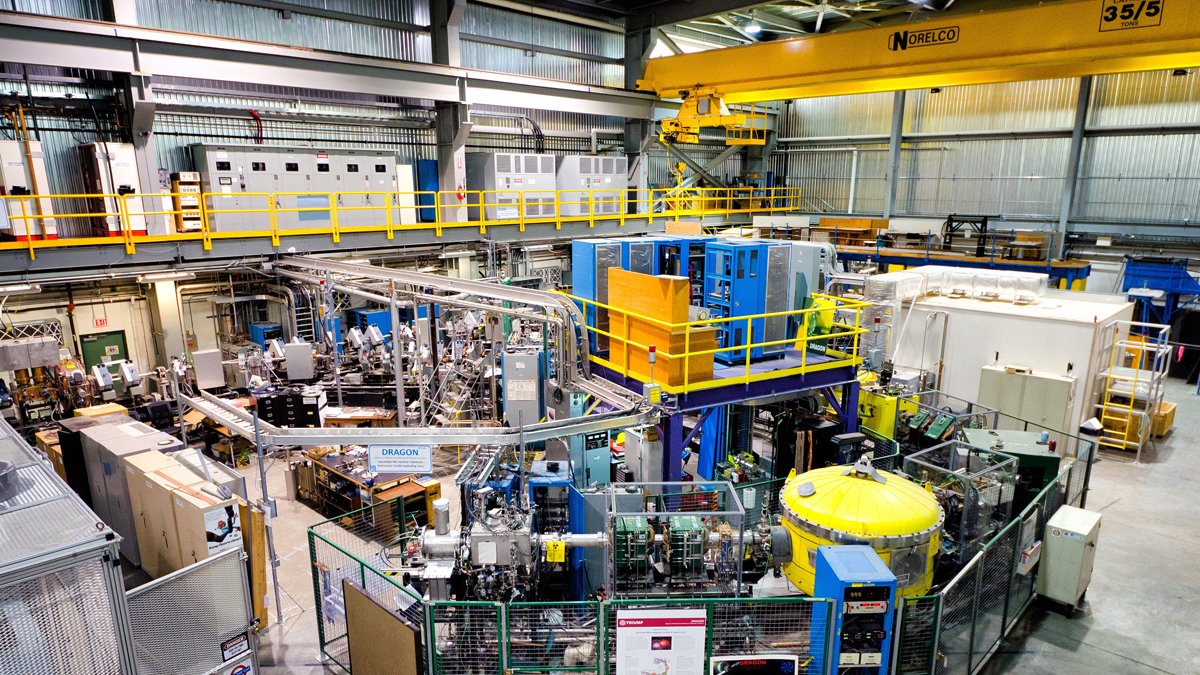Nuclear Physics research recreates astrophysical reaction in terrestrial laboratory
Surrey nuclear physicists have performed another successful experiment at the TRIUMF facility in Canada, the results of which are published in the high impact journal Physical Review.

Despite the fact that radioactive beam technology has been available for over 20 years, this is one of only 10 direct measurements of astrophysical reactions that happen in stellar explosions.
The latest research was led by Dr Gavin Lotay of Surrey’s Nuclear Physics Group and increases our knowledge about heavy element production (calcium, potassium and argon) in classical nova explosions. The results were published in Physical Review in February with both an Editor’s Suggestion, which highlights the most notable research papers within the journal, and a synopsis in Physics.
The research team conducted a week-long experiment at TRIUMF National Laboratory in Canada using its DRAGON (Detector of Recoils And Gammas Of Nuclear reactions) facility. The experiment represents a significant advance for the field of nuclear astrophysics not only because there have been so few successful measurements of astrophysical reactions involved in stellar explosions, but also because no-one has previously been able to perform a proton capture investigation for radioactive isotopes above mass 30.
Dr Lotay said: “The production of elements in explosive binary star systems is largely determined by nuclear reactions involving the addition of hydrogen to radioactive nuclei. However, the speed at which many of these reactions occur remains unknown. Therefore, in order to gain a deeper understanding of the astrophysical origin of the chemical elements, there is now a need to try and recreate the same conditions that occur in stellar explosions in terrestrial laboratories – which is extremely challenging. Through our partnership with TRIUMF we have recently been able to achieve this feat for one such reaction, dramatically reducing uncertainties in the production of heavy elements in classical novae.”
The research was led by Surrey in collaboration with Texas A&M University and TRIUMF, Canada’s national laboratory for particle and nuclear physics.
The paper, ‘Direct measurement of astrophysically important resonances 38K(p,γ)39Ca’, was published in Physical Review on 21 February.
Why not explore our programmes in Physics, including our BSc and MPhys degree programmes in Physics with Nuclear Astrophysics?